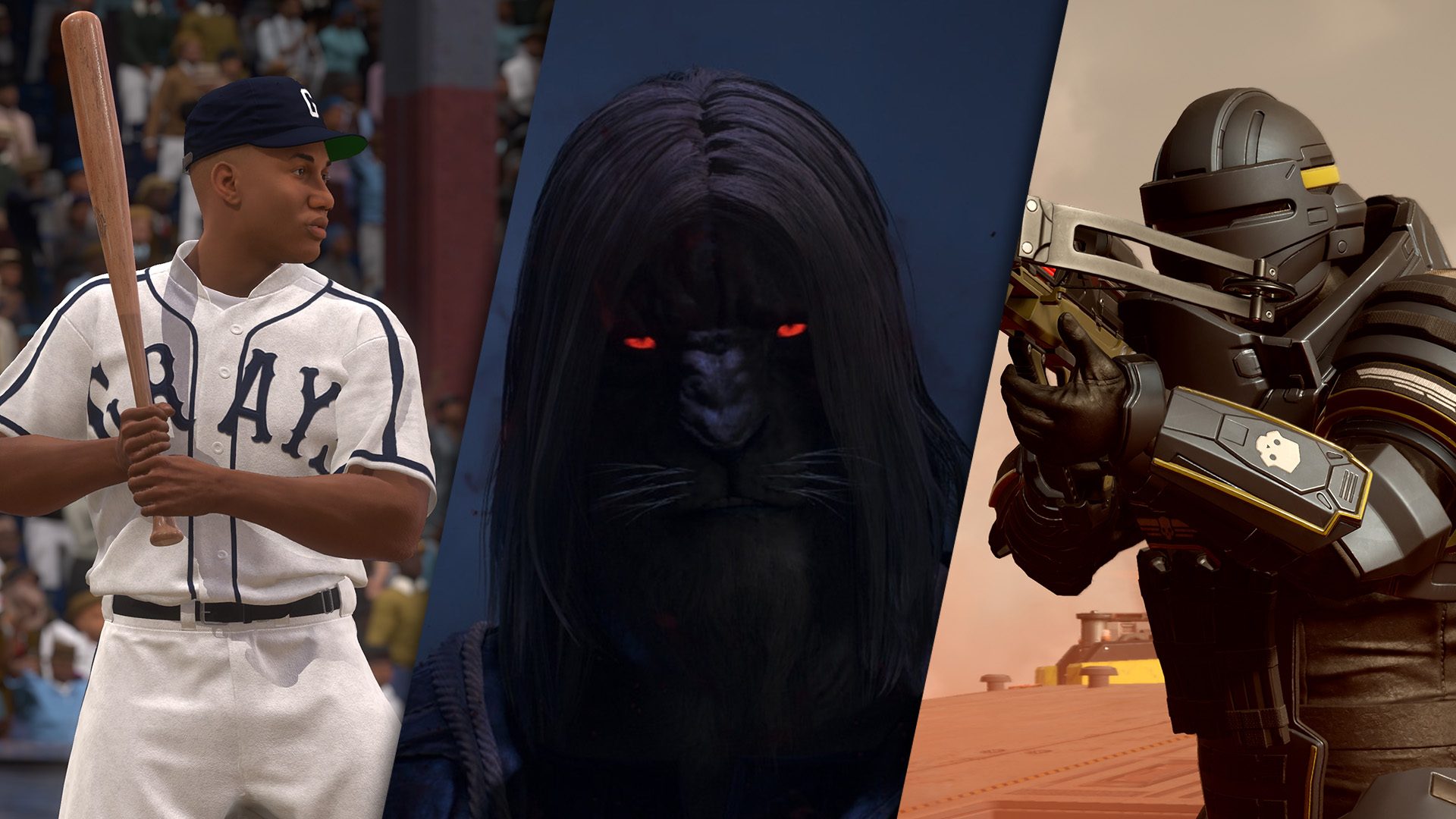The eradication of ghosts and demons is a classic plot foundation. From Ghostbusters to The Exorcist, stories about heroes who rid people or places of spooks provide a strong canvas for a range of human experiences. Banishers: Ghosts of New Eden is not only a good example of this genre, but one of the best-written, most visually intriguing and impactful I’ve ever encountered.
The latest game from Don’t Nod, the original creators of Life is Strange, Banishers is set in 1695 in the New World, and follows two lovers who are both wandering exorcists, or “banishers.” Antea Duarte and Red mac Raith are sworn to tackle “hauntings,” banishing ghosts and demons from harming the living.
A third-person, semi-open-world adventure in the vein of the new God of War games, Banishers lets you control both Red and a ghostly Antea after Antea dies suddenly early in the game. While Red uses the standard sword and gun to tackle enemies, Antea can utilize her new ghost powers in combat and for environmental navigation.
Players can switch between Antea and Red on the fly, like in Middle-Earth: Shadow of War, changing the way the world looks as you swap between the living character and the dead one. As in previous Don’t Nod titles, choices matter here, with the banishers deciding where to place blame for the hauntings and demonic events they encounter: with the living, or with the specters
:no_upscale()/cdn.vox-cdn.com/uploads/chorus_asset/file/25281276/banishers_4.jpg)
Antea is the master banisher, training her lover Red, a Scot. Their multifaceted relationship is the main focus of the game, and it’s handled sensitively. This is one of the most wholesome relationships imaginable, with Russ Bain and Amaka Okafor delivering layered performances of depth, sensitivity, and humor Red and Antea. The pair have wonderful chemistry, acting as if they truly have loved each other for years, sharing cute quips, subtle jibes, and in-jokes even in the midst of battle.
Red is constantly deferring to his master Antea — which stands out, considering Banishers is set at a time and place when people who look like Antea were often considered property. Indeed, some of the first villagers the banishers meet believe Antea is Red’s servant, a misconception the pair are quick to dispel. “It’s all her,” Red says, smiling, “I’m just the help.”
Haunting cases are similar to the monster-hunting contracts in The Witcher 3; they’re almost all well-written and deeply involved, presenting a mystery to solve. One early case involves a woman unable to live with her blacksmith husband, convinced he is being haunted or possessed by a demon. The truth, however, is rather more shocking, and the banishers are lied to by both the husband and wife. After solving the case through stitching together clues and following tracks, the banishers are then given a choice: they can exorcise the ghost (either by releasing it peacefully or sending it, basically, to hell) or punish the humans it is haunting (by taking the human’s soul instead, killing them instantly). As you discover, most hauntings arise not out of evil but out of past mistakes, confusion, and unrequited or denied love.
:no_upscale()/cdn.vox-cdn.com/uploads/chorus_asset/file/25281279/banishers_2.jpg)
Banishers tackles themes of slavery, denied queer love, spousal abuse, and the patriarchy with deep consideration, then asks players to do the same with sets of nuanced decision-making. Red and Antea encounter a slave master haunting her slave, whom she believed was in love with her — but pretending to love her was his only way to survive as a slave and inherit some money upon her death (which he did not cause). “a crumb of freedom tastes like a loaf to a slave,” he says.
Faced with this startling revelation, Red and Antea can then either punish the slave, or release or punish the slaveholder ghost. The choice gave me pause: the woman appeared to be suffering from unrequited love, but after releasing her to the equivalent of heaven, the slave felt betrayed. His exasperation afterward so moved me that I reloaded an earlier save and instead “banished” her to the equivalent of hell. Doing so means the ex-slave feels seen, his pain heard and his peace finally achieved. The choices are never easy, and the stories force you to confront these themes and examine your immediate responses to them.
Banishers is a massive game. Soon after Antea dies, you are given access to almost the entire map. However, certain paths are blocked, requiring special skills from Antea she develops as the main story plays out in a Metroidvania style. Like so many modern games, Banishers has a crafting system, but it’s not that essential. You use crafting primarily to upgrade Red and Antea’s gear to gain health buffs on kills, stronger melee attacks, and so on.
:no_upscale()/cdn.vox-cdn.com/uploads/chorus_asset/file/25281278/banishers_3.jpg)
Banishers suffers from limited enemy types, with only a handful of ghouls and specters to tackle. Red fights with a sword and rifle, building up a “banish” meter that lets him unleash a quick, powerful strike. Antea uses her ghost fists, instant teleport, and area-of-effect attacks. Combat lacks the polish of similar, bigger-budget games, but isn’t too offensive. Switching between Antea and Red on the fly to deal different kinds of damage to certain enemy types is encouraged by the design, and quite enjoyable: Certain enemies will be immune to Red’s sword unless Antea has first worn down a spooky shield only her attacks can destroy, for example.
Though the art direction is strong, Banishers is not the most technically refined game. I wish the faces were better, with them all looking quite plastic – an unfortunate turn, given how conversational the game is. However, certain monster designs are jaw-dropping — like a giant caged creature at the bottom of a mine that looks like something out of Dark Souls — and each area has its own distinct identity, weather, and population.
Banishers’ main story involves exorcising the most powerful ghost Antea has ever encountered. The pair need to get rid of the ghost in order to retrieve Antea’s body. Central to this is how Antea’s fate will be resolved: You can either resurrect her body or release her ghost. The game cleverly ties this major decision to how you tackle the myriad haunting quests. Antea’s resurrection requires living human souls, while her passing on requires ghosts’. By the end, the game will indicate if you have done enough, but I won’t say more. It’s genuinely one of the cleverest mechanics for tying sidequests into a main quest that I’ve seen.
Banishers is a spooky, loving tale about two incredible people. I cried a few times, both for these two characters I grew to adore, and for the very sad stories of others just trying to make it in a difficult world. While the combat is not spectacular, and the graphics are middling, everything else makes this a very special game. With superb writing, excellent performances, a clever central mechanic, and thoughtful, engaging stories, Banishers is Don’t Nod’s best game yet.



